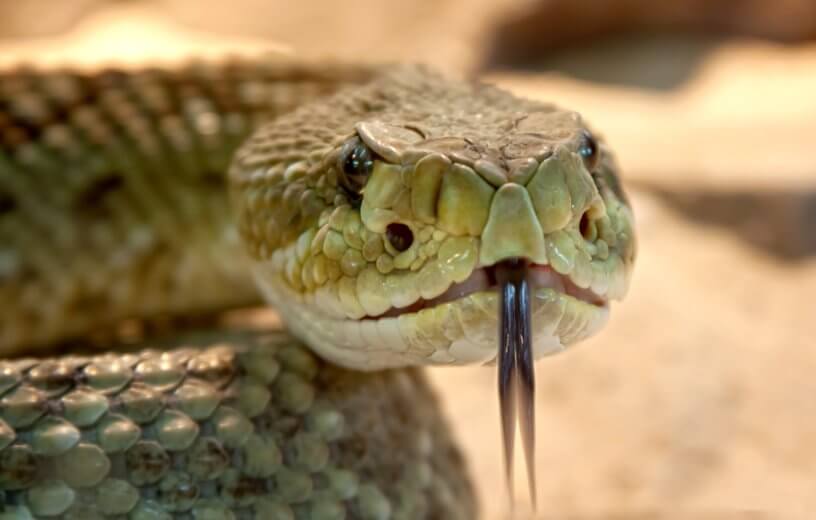
BOULDER, Colo. — Record rainfall was recorded in numerous areas across the nation in 2018, and for many, 2019 seems to be just as wet. If you’ve got a fear of snakes, the rain isn’t doing you any favors. A recent study found an uptick in snake bites during years with more rainfall than those wracked by drought.
A popular theory among wilderness experts is that drought may lead to an increase in the number of snake bites because venomous reptiles are forced out in the open, away from their lairs, and into the paths of humans. But a team of researchers at the University of Colorado in Boulder and Stanford University examined 20 years of snake bite data in California and their findings contradicted this hypothesis.
Instead, the researchers found that for every 10 percent increase in rainfall over the past 18 months, snake bite rates increased by 3.9 percent in all of California’s 58 counties. The research may have implications for how to prevent dangerous human-snake encounters, especially as the climate changes in the western United States.
“This study shows a possible unexpected, secondary result of climate change,” says lead researcher Caleb Phillips, an adjunct assistant professor in CU Department of Computer Science, in a statement. “We probably need to take climatological changes into account when we coordinate systems that may seem unrelated like planning how we distribute antivenin supplies or funding poison control centers.”
Researchers believe that the cause of this is due to what the snakes eat. Mice and other rodents the snakes typically feed on usually flourish in wet seasons, giving the snakes an extra incentive to slither out of their holes and into your hiking path.
In all, the researchers examined 5,365 cases of rattlesnake bites reported to the California Poison Control System between 1997 and 2017. The team then compared this data with climate data from NASA and drought records from the National Drought Mitigation Center.
Phillips says the findings shouldn’t lead to any worries, and suggests if you do come across a rattlesnake, give it plenty of space and, perhaps most importantly: “Don’t pick a fight with it, and it won’t pick a fight with you.”
The study is published in the journal Clinical Toxicology.
